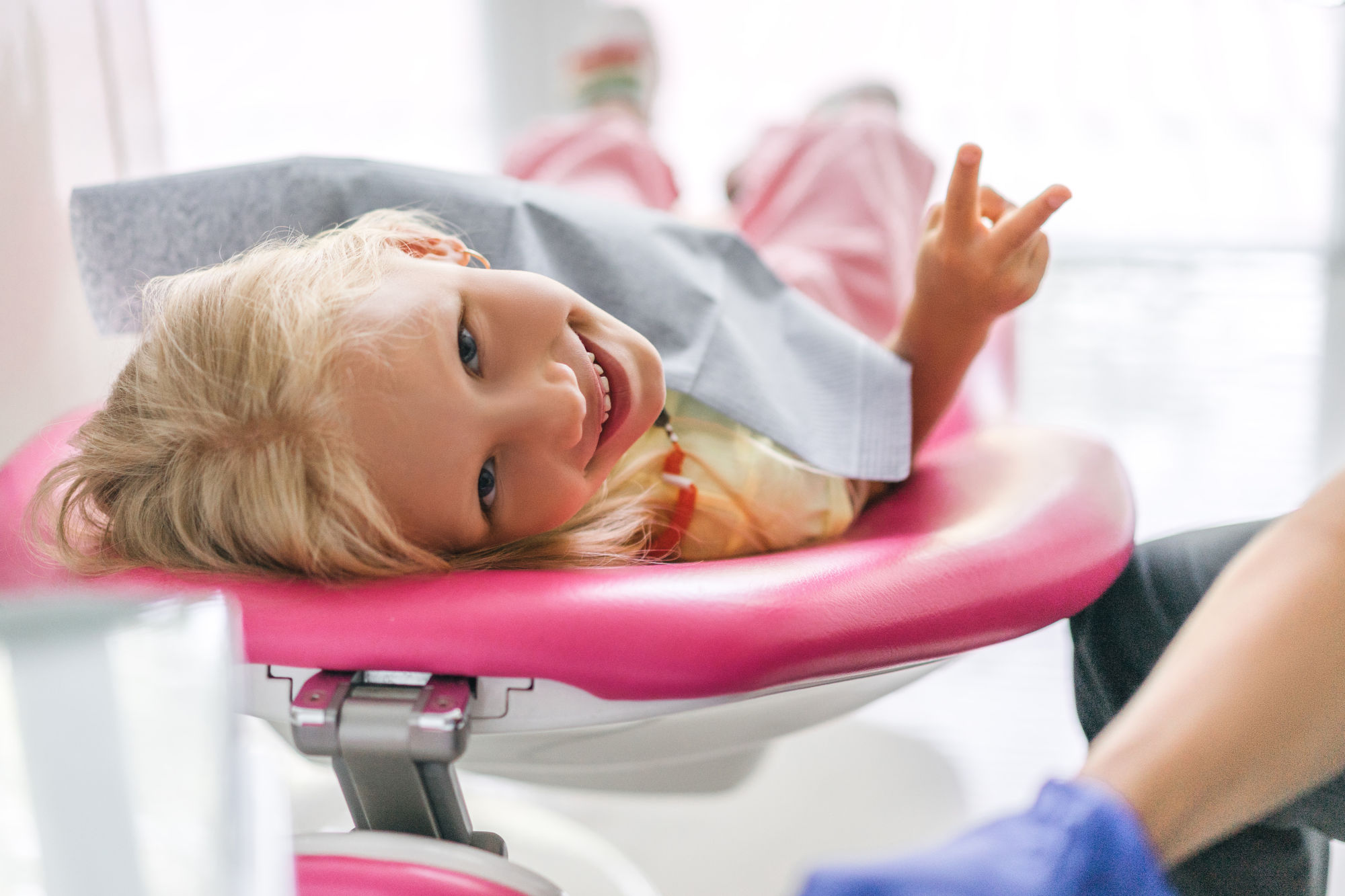Contents

Braces for Kids: A Complete Guide for Parents
Wearing braces is a common step in the lives of many children. While some specialists recommend starting orthodontic treatments at a young age, it's essential for parents to fully understand the implications of this care.
Discover everything you need to know about the different types of appliances, their indications, cost, and insurance coverage, as well as tips to best support your child through this process.
At What Age Should Orthodontic Treatment Be Considered?
According to the American Association of Orthodontists, children should have their first orthodontic check-up no later than age 7. Early treatment can begin between ages 7 and 10 to correct jaw growth problems. Most comprehensive treatments, however, start between ages 11 and 14.
| Appliance Type | Objective | Start Age | Average Duration |
|---|---|---|---|
| Orthopedic Appliance (Phase I) | Guide jaw growth | 7-10 years | 9 to 18 months |
| Orthodontic Appliance (Braces - Phase II) | Correct teeth alignment | 11-14 years | 18 to 30 months |
What Are the Orthopedic Appliances Used in Children?
Orthopedic treatments, often called "Phase I" or "interceptive" orthodontics, aim to correct the shape and size of the jaws while the child is still growing. Among the most common appliances are:
The Palatal Expander
This fixed appliance gently widens a narrow upper jaw to correct a crossbite and create more space for permanent teeth. After an active phase of a few weeks or months, it is kept in place for several more months to stabilize the result.
Other Orthopedic Appliances
Other appliances like headgear or functional appliances (e.g., Herbst or Bionator) are used to correct jaw discrepancies (overbites, underbites) by guiding the growth of the jaws into a more favorable position.

What Are the Orthodontic Appliances Used in Children?
Orthodontic treatments aim to correct misalignments and improper positioning of the teeth. They are generally placed once most of the permanent teeth have erupted.
Dental Braces
Thanks to their effectiveness and the stability of the results, braces remain the most widely used appliance for children and teens. These metal or ceramic brackets, bonded to the teeth and connected by an archwire, gradually guide the teeth into their ideal position. The appearance can be brightened with colored elastics. The treatment typically lasts 18 to 24 months and requires regular adjustment appointments.
Post-Treatment Retainers
To prevent relapse, wearing a retainer is essential for at least one year after the braces are removed. This can be:
- A fixed retainer (a wire bonded behind the teeth)
- A removable retainer (clear tray, Hawley retainer...)
What is a Pediatric Prosthesis (Space Maintainer)?
When a baby tooth is lost or extracted prematurely due to trauma or decay, the orthodontist may place a temporary prosthesis, known as a space maintainer. This solution helps to hold the necessary space open for the permanent tooth to erupt properly.
What is the Cost of Braces for a Child?
Orthodontic fees are not regulated and vary widely. The cost will depend on the type of appliance, the duration of treatment, the practitioner's reputation, and location. On average, you can expect to pay between $3,000 and $7,000 for a full course of treatment with traditional braces. Ceramic braces or clear aligners will be more expensive.
Is Children's Orthodontics Covered by Insurance?
The good news is that most dental insurance plans offer some coverage for orthodontics for children under 19. The specifics vary, but common coverage includes:
- A lifetime maximum benefit per child, often ranging from $1,000 to $2,500.
- A co-insurance, where the plan pays a percentage (usually 50%) of the total cost, up to the lifetime maximum.
It is essential to review your specific plan details and submit a pre-treatment estimate to your insurance company to understand your out-of-pocket costs.
What Warning Signs Should Parents Look For?
Several signs may indicate an orthodontic problem requiring early intervention:
- Early or late loss of baby teeth
- Crowded, misplaced, or blocked-out teeth
- Jaws that shift or make sounds
- Difficulty chewing or biting
- Mouth breathing or thumb sucking
If you notice one or more of these signs in your child, it is important to consult your dentist or an orthodontist. Early screening and treatment can help correct the problem before it worsens, leading to simpler and shorter treatment.
Why is Proper Chewing Important from a Young Age?
Developing effective chewing is a key element of maxillofacial growth. An early transition from a liquid or pureed diet to solid foods is essential to:
- Stimulate the growth of the jaws and chewing muscles.
- Promote normal and regular wear of the teeth.
- Contribute to the child's cognitive and sensory development.
Conclusion
Orthodontic treatments are a common part of childhood and adolescence for many Americans. To optimize their chances of success and limit their duration and cost, early screening and intervention are essential. From the age of 7, regular visits to the orthodontist will help identify any potential problems with jaw growth or teeth positioning and implement the right treatment at the right time.
FAQ About Braces for Kids
What is the ideal age for orthodontic treatment?
The American Association of Orthodontists recommends a first visit around age 7. While most comprehensive treatments start between 11 and 14, early evaluation allows the orthodontist to intercept problems and determine the optimal time to begin.
How much do braces for a child cost?
Costs vary depending on the type of appliance, duration of treatment, and practitioner, but on average, expect to pay between $3,000 and $7,000 for a full treatment with traditional braces.
